Sustainable Skincare: Protecting Plant Ingredients
16 October 2023
Eco-conscious beauty goes beyond simply opting for plant-based skincare. It's a great step in the right direction, but it's not the only aspect of a truly sustainable routine. We also need to consider the sustainability of plant ingredients and their unique preservation needs. We explore the complexities of plant-based skincare and offer simple ways to get the most from each product to maximise benefit and minimise waste.
Plant ingredients: Abundant and rare resources
The sustainability of plant-based ingredients in skincare is nuanced. Some ingredients are plentiful, easily renewable, and can grow quickly in many different places.
But, there are also some ingredients that are harder to cultivate, take longer to produce and rely heavily on specific ecosystems or artisanal processes. Argan oil serves as a prime example. The production demands a substantial amount of fruit, and extracting the oil from the dried fruit is quite labour-intensive. In fact, certain parts of the process can only be done by hand. It's estimated that it takes 24 hours of work to extract approximately 1 litre of oil from 50 kilograms of fruit.
Recognising and protecting the finite nature of these resources is a crucial part of our journey towards sustainable skincare.
Wild harvesting nature's treasures
Wild harvesting is all about collecting plant-based ingredients right from where they grow naturally. The practice is key for protecting unique and delicate resources.
By focusing on ethical harvesting, we can help keep the environment healthy and make sure these valuable ingredients are available for a long time. When local communities and traditional plant guardians participate in wild harvesting, it fosters a collaborative approach that not only benefits the environment but also local communities.
WildCheck: Assessing the risks and opportunities of trade in wild plant ingredients is a report co-authored by Food and Agriculture Organization of the United Nations and other conservation groups covering 12 commonly wild-sourced ingredients, known as the "Wild Dozen".
These include ingredients found in skincare and beauty products: Baobab oil, frankincense, shea butter, argan oil, and juniper berries.
When wild harvesting is done ethically, it can support local and traditional communities and contribute to the conservation of ecosystems.
However, it can come at a considerable environmental and social cost if not done responsibly.
The true cost of coveted plant ingredients
The Wildcheck report reveals a 75% increase in wild plant ingredient demand over two decades, putting thousands of species at risk due to overharvesting and habitat loss.
Of the twelve wild-harvested ingredients analysed for the report, most have Medium or High risk levels in terms of biological and social impacts.
Only one ingredient has a Low biological risk, and another has a Low social risk. In other words, most of these wild-harvested ingredients face big risks related to their environmental impact and the communities involved in their harvesting.
We're not suggesting you avoid using products with these ingredients. However, the report truly highlights the importance of knowing the journey behind each ingredient and how it made its way into a formula.
Tracing the roots: Investigating supply chains
To promote the sustainability of plant-based ingredients, it's essential to scrutinise a brand's supply chain and commitment to ethical harvesting.
As we highlighted in our blog, "The Greenwashing Game", it's important not to rely solely on the marketing claims displayed on packaging – terms like "natural" and "wild harvested." Instead, take the time to do your research and delve deeper into the brand's practices.
Researching a brand's practices and supporting those with transparent, environmentally friendly approaches can significantly promote a greener future.
Five tips for a more sustainable beauty routine
Aside from being meticulous in ingredient selection and feeling confident in a brand's supply chain process, there are a few things you can do for a more sustainable routine:
- Embrace a less is more mindset: Opt for multipurpose products and streamline your skincare routine to reduce waste and consumption.
- Choose quality over quantity: Invest in high-quality, eco-friendly products that last longer and have a lower environmental impact.
- Store your products correctly: Keep your skincare items in a cool, dry place, away from direct sunlight to preserve their potency and prolong their shelf life.
- Use the right amount: Follow the recommended product usage guidelines to avoid over-application and unnecessary waste.
- Recycle and upcycle: Properly dispose of empty product containers, and get creative with repurposing them for storage or DIY projects.
By choosing products that respect nature's treasures, and by being mindful of our consumption, we can contribute to a healthier, more sustainable future for our planet and ourselves. Remember, each small step we take towards sustainability counts!
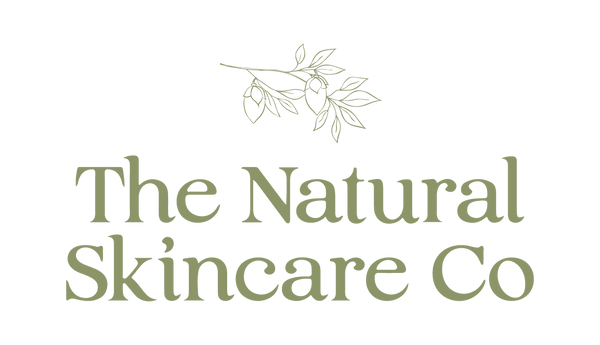
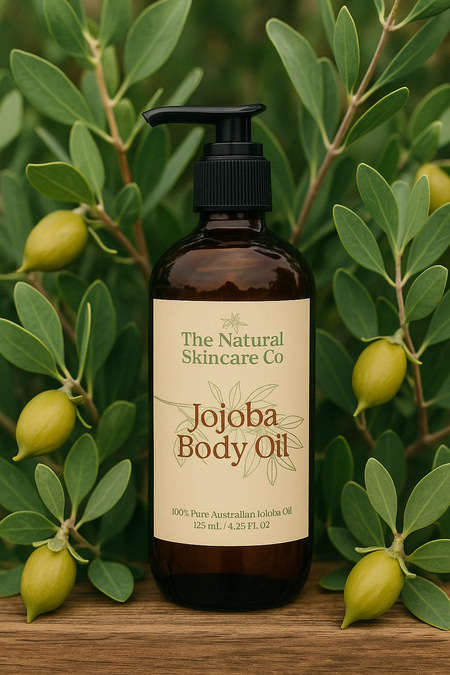
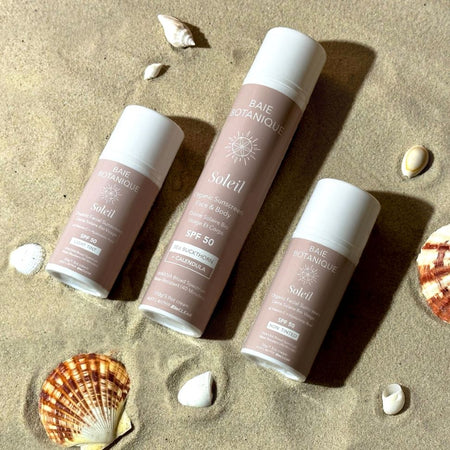
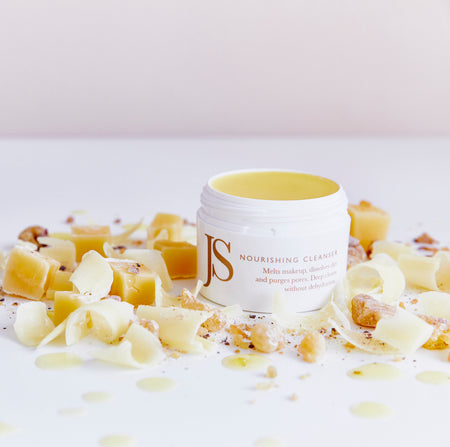

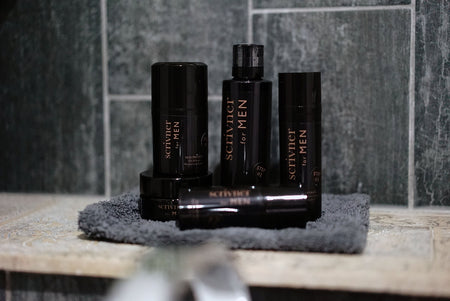
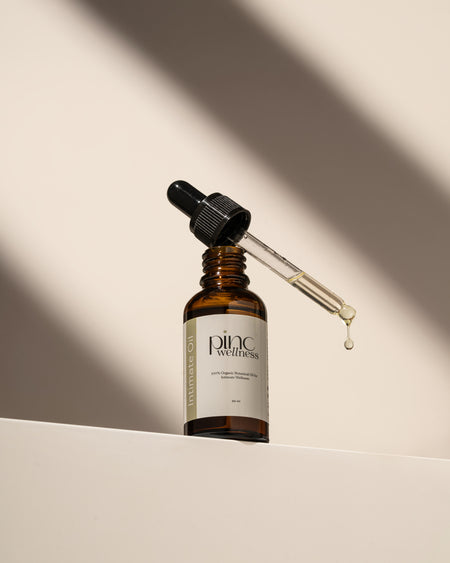
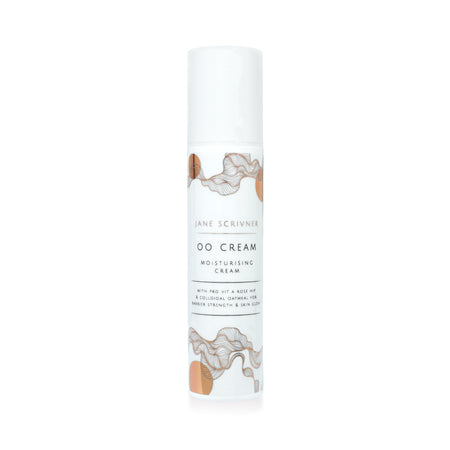
0 comments